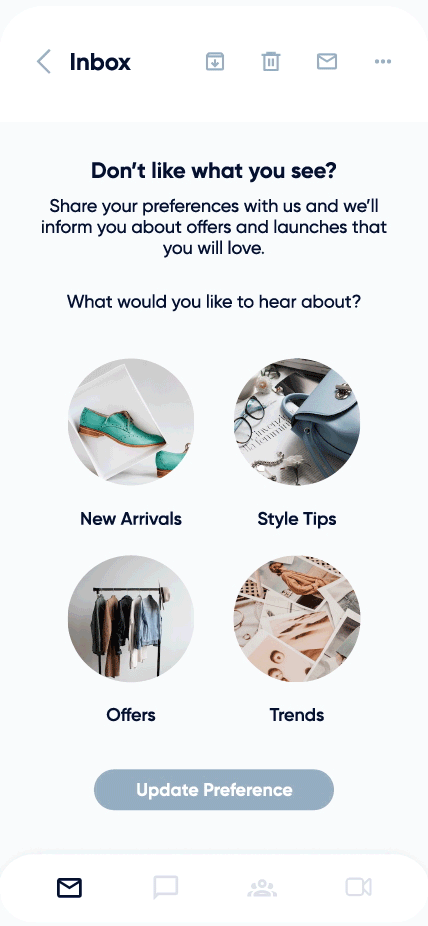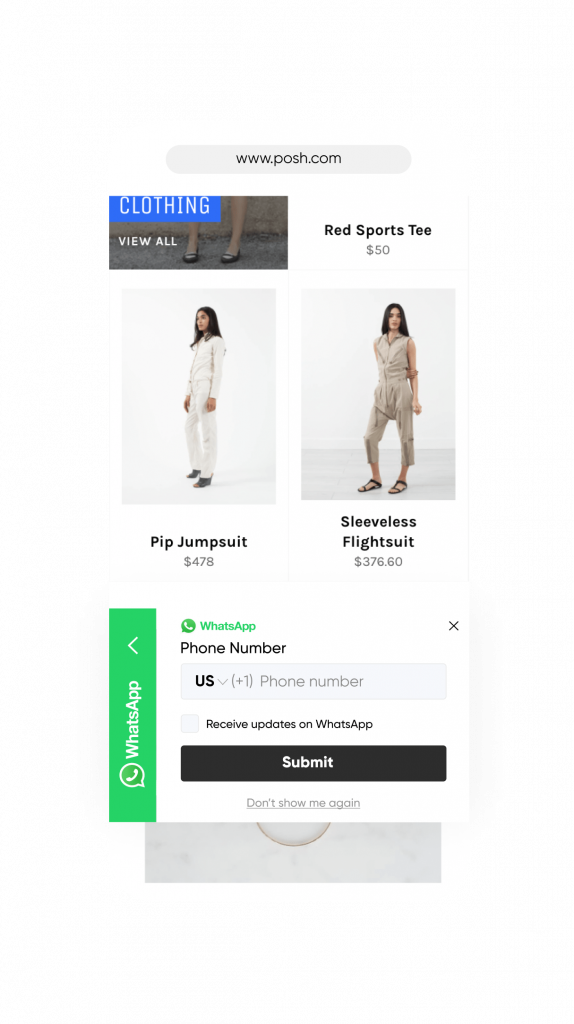Apple iOS 17 Update: Debunking myths around Link Tracking Protection
Apple recently announced its latest security update aimed at tightening its privacy landscape with iOS 17, boasts of a whole new level of personalization. The announcement also unmasked a game-changing centerpiece that every marketer needs to know about: the Link Tracking Protection (LTP) feature; a privacy curveball to put users back in control, ensuring their online journey remains private unless they explicitly grant permission.
While this transformative update will impact how marketers navigate the digital landscape, there’s a lot of uncertainty around how and what will be affected. We’re here to help you debunk the myths. Let’s get straight into it!
Updated on 14 Aug 2024
Understanding Link Tracking Protection: A digital privacy shield
Apple is waving goodbye to tracking parameters in its mail and messaging apps, and while users are in private browsing mode.. Broadly, iOS 17 will automatically eliminate URL parameters from messages, mail, and links, making it difficult to tie interactions back to a specific user. It’s a safeguard that empowers users to control their data, deciding who gets to follow their online steps and who doesn’t.
Beneath the buzz: How does it work? And what happens next?
Marketers are no strangers to frequently embedding tracking parameters (or query strings) in campaigns to track clicks, map web journeys, and analyze customer engagement. Apple’s latest LTP feature will pick up user-identifiable information and strip it from URLs accessed within Safari Private Browsing, messages, and mail.
Let’s answer some common questions about the new feature:
- Will this impact the functionality of links? No. Even after removing the user-tracking parameters from the URL, the link will continue to function as expected for consumers. Hence your links will continue to function as expection for non-Safari browsers like Firefox or Chrome, and also in Standard browsing mode for Safari.
- Will UTM parameters still work? Yes. LTP does not target UTM parameters; they will continue functioning as usual.
- Are UTM parameters going away? No. Safari 17 will remove specific query parameters for Google (gclid, dclid), Facebook (fbclid) , but only for users in Privacy Mode. So, there’s no need to break a sweat or assume that UTM parameters are going anywhere. They’re standing strong!
Can I still measure ad attribution? Yes. Apple will offer private click measurement ad attribution, but it won’t track individual user data.
Risks and transformation: What’s at stake?
This new feature is changing the digital game, prompting businesses to rethink their marketing strategies and make user-privacy the cornerstone of success.
While it’s full and final impact will remain a mystery until it’s released, this update will certainly pose challenges for companies relying on query parameters to deliver personalized experiences. There are ways to work around this, but it won’t be easy and the experience for some end users will be less than appealing.
Decoding the impact: What’s changed for Insider’s customers?
- Insider’s web personalization capabilities don’trely on cross-domain third-party data. So all your current and future campaigns will be unaffected.
- All remarketing campaigns on Architect will also remain intact.You can continue leveraging Architect to blend Ad Channels in your cross-channel strategy and send/update audience information accurately.
- Since the feature only impacts parameters in the private browsing mode as per the announcement, you can still conduct in-depth, cross-channel performance analysis across with Insider’s UTM parameters at the moment. We’re committed to continuously testing and researching the impact of the latest updates on our messaging suite. Stay tuned for more tips and tricks after the final scope of LTP is release by Apple.
Prioritizing privacy
In light of growing privacy concerns, building trust with customers is critical. Apple’s move towards enhanced privacy reflects a game-changing shift in consumer sentiment. It’ll put the control back in the hands of the users to ensure their data is respected and protected.
By aligning with these principles, you’re not just adapting to change; you’re future-proofing your brand and building lasting customer relationships built on trust.
3 top tips for navigating this change with Insider
1. Make zero and first-party data your anchoring point
Future-proof your marketing efforts by focusing on gathering and leveraging data directly from users through authentic interactions and opt-in mechanisms.
Here’s how Insider makes this easy for you:By collecting and updating preference data for your users via interactive and engaging email experiences that mirror your website.

- By enabling you to unfold web experiences that don’t depend on third-party cookies with Insider’s cookieless personalization solution. Read more →
2. Make transparency non-negotiable
Foster open communication regarding data collection methods and empower them with choices. Leverage Insider’s privacy checkboxes for web and mobile app templates to build trust and transparency.

3. Contextual, omnichannel targeting
Embrace context-driven marketing that respects privacy while ensuring the content remains relevant to the audience. Target users based on where they are in their customer journey, and deliver experiences that are the most meaningful to them.
Leverage Insider’s AI powered cross-channel campaign orchestrator, Architect, to create and deliver carefully crafted journeys that speak to each customer individually.
Conclusion
From iOS 14 to 15 and now 17, a clear trend has emerged: Brands can no longer track users across the internet and shower them with information wherever they roam.
Instead, the new approach is all about gathering data directly from customers with clarity and their full consent. It’s about letting the customer choose when, where and how should brands connect with them.
While this shift may seem like a daunting task—especially if you’ve heavily relied on second- and third-party data in the past—you now have a chance to establish longer and more meaningful relationships with your customers by building trust through transparent data collection.
Marketers should embrace this change to protect their users’ personal information from unethical acts while focusing on creating genuinely remarkable customer experiences that build more robust customer relationships rooted in trust.



















